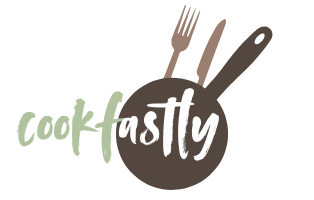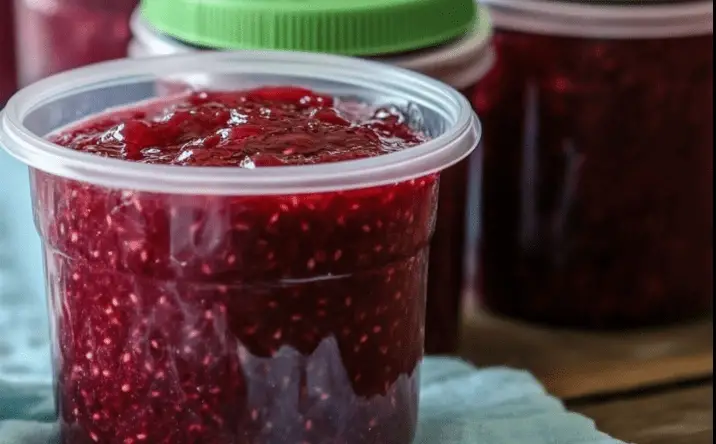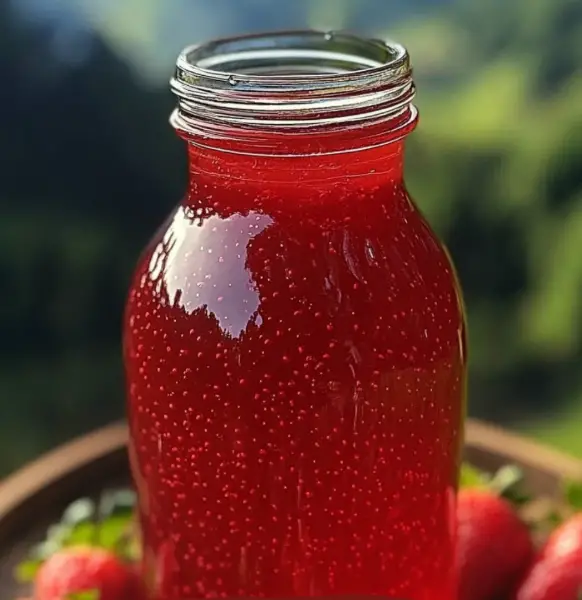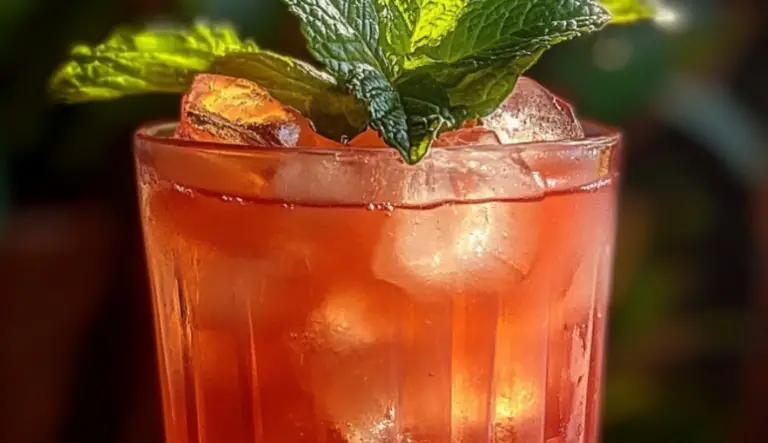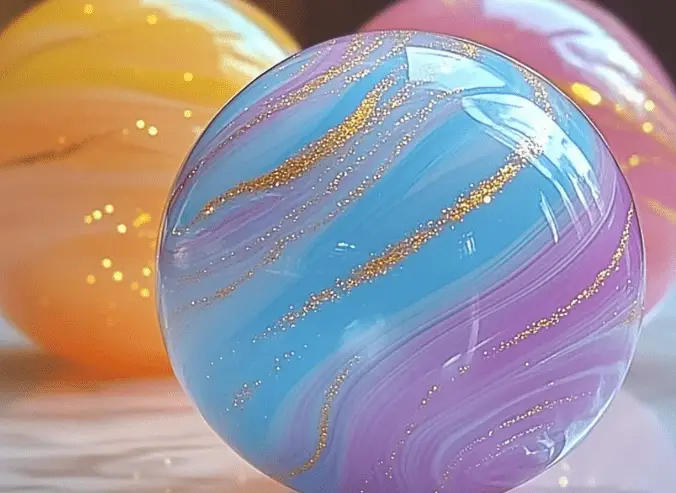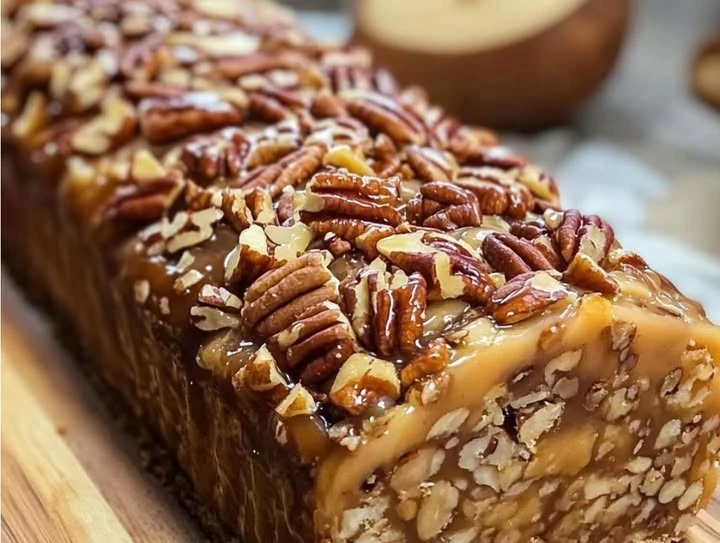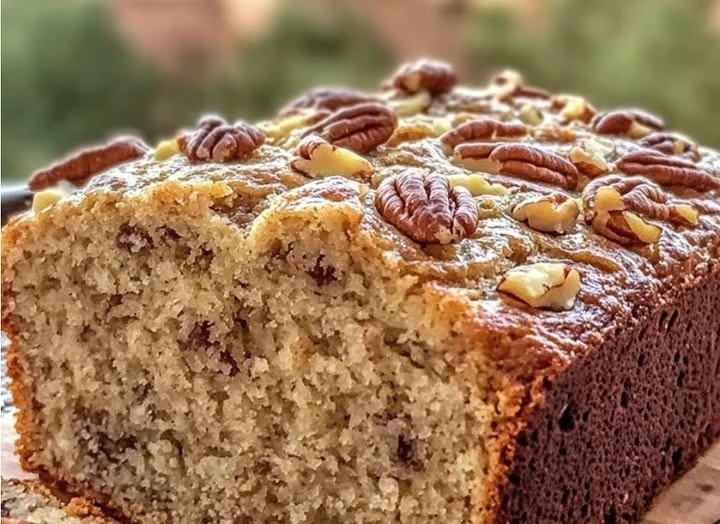Honeysuckle Jelly: A Floral Homemade Treat for Toasts and Desserts
Capturing the sweet essence of spring and early summer, honeysuckle jelly offers a delicate, floral flavor that elevates everything from morning toast to elegant desserts. Making this jelly at home is more than just a recipe—it’s a beautiful way to preserve the fragrance of the season in a jar. With its golden hue and lightly sweet aroma, honeysuckle jelly is an impressive addition to your pantry and a thoughtful homemade gift for friends and family. This recipe is surprisingly simple and provides a satisfying introduction to traditional jelly-making for beginners.
Table of Contents
Ingredients
To prepare honeysuckle jelly, you will need the following ingredients:
- 2 cups yellow honeysuckle flowers, stamen intact (soaked and rinsed)
- 2 1/2 cups boiling water
- Juice of 1/2 to 1 lemon (adjust for size)
- 1 box Sure-Jell pectin
- 3 1/2 cups sugar
Instructions
- Begin by gently pinching off the green ends of the honeysuckle flowers to remove the stamens. Gently pull the stamens through the flowers to release the fragrant nectar.
- Place the prepared flowers in a large glass jar or heatproof container and pour the boiling water over them. Let the mixture steep for at least four hours, or for best results, let it infuse overnight to fully extract the floral essence.
- Once the infusion time is complete, strain the liquid through a fine mesh sieve or cheesecloth into a clean saucepan, discarding the used flowers. You should be left with a clear, fragrant floral tea.
- Add the lemon juice to the strained infusion. This not only adds brightness to the flavor but also helps restore a lovely golden color to the jelly.
- Stir in the box of pectin and bring the mixture to a full rolling boil over high heat, stirring constantly to prevent sticking or scorching.
- Once boiling, add the sugar all at once and continue stirring. Bring the mixture back to a full boil and maintain it for exactly one minute. You may notice some foaming—this is a natural part of the jelly-making process.
- Carefully ladle the hot jelly mixture into sterilized jars, leaving 1/4 inch of headspace. Wipe the rims clean, seal tightly with lids and bands, and either process the jars using a water bath method for 10 minutes or flip the jars upside down for self-sealing.
- Allow the jars to rest undisturbed at room temperature for 24 hours. After they’ve cooled and sealed, they are ready to be stored or enjoyed.
Benefits of This Craft
Making honeysuckle jelly at home has many rewarding benefits. First, it allows you to use seasonal, foraged ingredients in a creative and sustainable way. Harvesting honeysuckle from your garden or a local field connects you directly with nature and encourages mindful, eco-friendly living. Jelly making is also a satisfying culinary skill to learn, as it introduces basic preservation techniques that can be applied to other fruits and herbs. The finished product offers a unique flavor that is difficult to find in commercial stores, making your homemade jelly a true artisan delight. Plus, it makes for a wonderful homemade gift that showcases care, effort, and craftsmanship.
Tips
When collecting honeysuckle, make sure to choose flowers that are fully open but not wilted. Avoid areas treated with pesticides or exposed to roadside pollution. For a clearer jelly, strain the infusion slowly through cheesecloth and avoid pressing the flowers. If you want a firmer texture, add an extra tablespoon of lemon juice or a pinch more pectin. Sterilize your jars and lids by boiling them for 10 minutes before filling to ensure a safe and shelf-stable preserve. If foam forms at the top of the jelly after boiling, you can skim it off with a spoon for a smoother finish.
What Taste Look Like
Honeysuckle jelly has a light, floral sweetness that is subtly reminiscent of honey with delicate citrus undertones. Its flavor is not overpowering but rather smooth and elegant, making it perfect for layering with butter on toast, pairing with cream cheese on crackers, or serving alongside mild cheeses. The texture is glossy and gel-like, firm enough to hold its shape but soft enough to spread easily. The lemon juice adds just enough acidity to balance the sweetness and enhance the overall taste. Visually, the jelly is golden or amber in color, with a crystal-clear consistency that reflects light beautifully.
How to Store
Once your honeysuckle jelly is sealed and fully cooled, store it in a cool, dark place like a pantry or cupboard. Properly sealed jars can last up to one year when stored in a dry environment. After opening, keep the jelly refrigerated and use within 3 to 4 weeks. To extend the shelf life of opened jars, always use a clean spoon when serving to avoid introducing contaminants. For gifting, add decorative labels or fabric covers to the jars and include the storage instructions to ensure the jelly remains fresh and safe to enjoy.
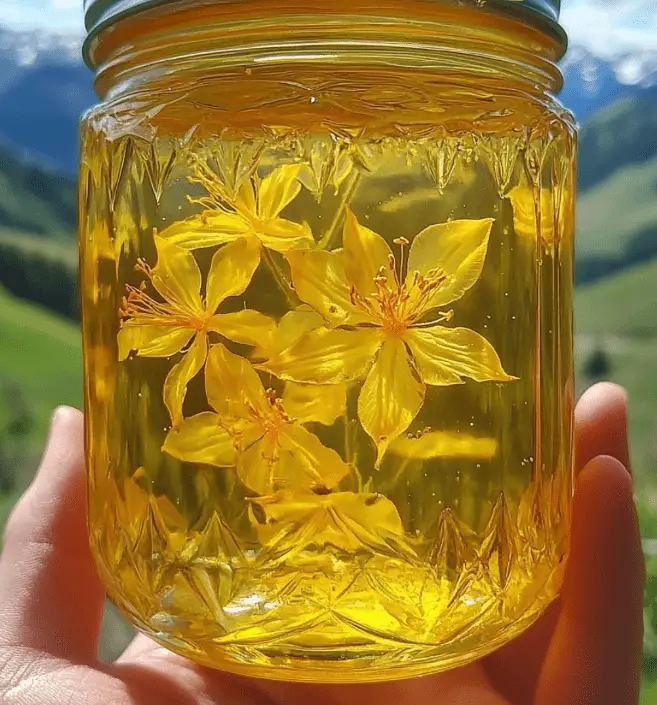
Honeysuckle jelly is a delicious way to capture the aroma and taste of one of spring’s most beloved blossoms. This homemade treat is both nostalgic and refined, adding a touch of floral elegance to your breakfast or dessert table. With just a few simple ingredients and steps, you can transform a handful of fragrant flowers into a shelf-stable jelly that delights the senses. Whether you’re a beginner in home preservation or an experienced canner looking for new inspiration, this recipe offers a rewarding experience that’s as enjoyable to make as it is to taste.
For More lunch ideas, visit here
FAQ
Can I use white or pink honeysuckle for this recipe?
Only yellow honeysuckle (Lonicera japonica) is recommended for this recipe. Be sure to positively identify the plant and avoid toxic look-alikes.
What if my jelly doesn’t set?
If your jelly doesn’t firm up after 24 hours, you can reheat the mixture, add more pectin, and reprocess it. Sometimes under-boiling or incorrect pectin ratios can affect the set.
Can I make this recipe without pectin?
Commercial pectin helps ensure consistency. Without it, you’d need to extend the cooking time significantly and rely on natural pectin from added lemon or apples.
Is this jelly suitable for vegan diets?
Yes, honeysuckle jelly contains no animal products, making it suitable for vegans as long as all ingredients, including the sugar and pectin, meet your dietary preferences.
How do I know my jars are sealed properly?
Once cooled, press the center of each jar lid. If it doesn’t move or pop, the seal is good. If the lid flexes, refrigerate and use the jelly within a few weeks.
